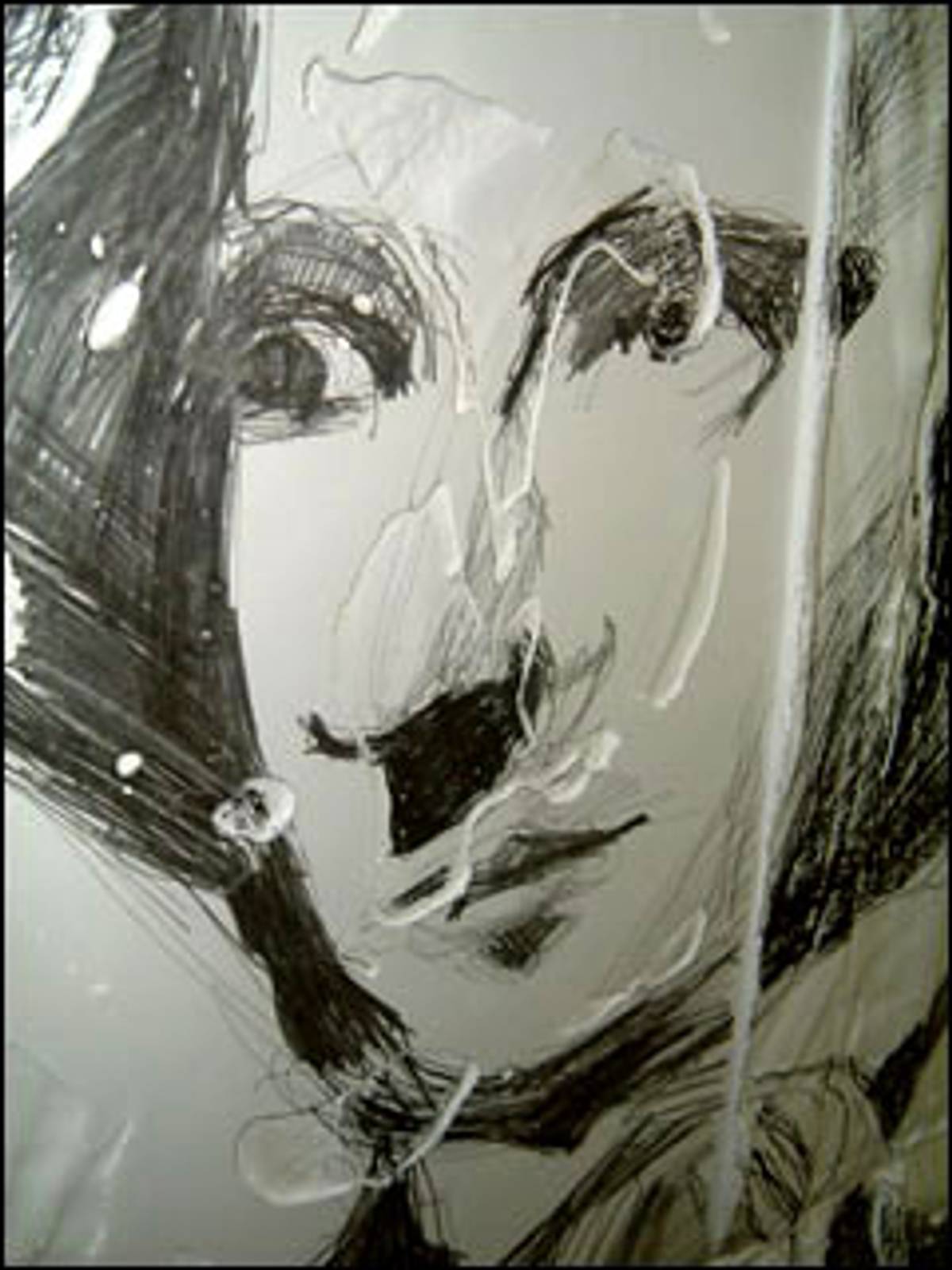There’s a pile of plaster shards, some painted, some stark white, in the middle of Will Corwin‘s studio, on the third floor of a graffiti-covered warehouse in Long Island City. I half-suspect the two-foot mount is an art installation, but it’s only the debris of Corwin’s work—at the moment, a ten-panel portrait of Felix Mendelssohn and his sister Fanny, a salonnière. They’re not a couple you expect to run into across the street from PS1.

Mendelssohn may have been born two centuries ago, but Corwin talks about him as though they just knocked back a few beers in Berlin. Now 29, he first heard Mendelssohn’s music when his parents took him to see Balanchine’s A Midsummer Night’s Dream, and met him again in music lessons. Mendelssohn’s Violin Concerto is the benchmark for aspiring violinists—Jascha Heifetz played it at 6, Itzhak Perlman at 13; Will Corwin never got there. “To get through it would have taken three or four hours of practicing a day,” he says. One wonders whether the portraits could be Corwin’s way of conquering in graphite what he couldn’t master on the strings, but Corwin doesn’t see it that way.

Before I leave, Corwin shows me a 1903 studio portrait—”I think it was the Bronx,” he says—of his paternal great-grandparents and their family, standing before a column and backdrop of an Italian villa. One of the children holds a Bible, and his father’s father wears a frilly suit. After seeing that photograph, Corwin says, “I began to think about how odd it was that there was such an incredible desire to fit in, that they dressed their kids as European aristocrats—the culture they had always been excluded from.” He even tried to make a few prints from the photo—”I called them the Mighty Cohens”—but ultimately felt dissatisfied, and turned instead to Mendelssohn, which he thought a meatier subject. Maybe so, yet for all the Mendelssohn biographies Corwin’s read, in some way, the panels aren’t about Mendelssohn at all. “The more I draw an image, the more it becomes mine,” Corwin says, “It loses its specific identity.” Art, too, is a process of assimilation.